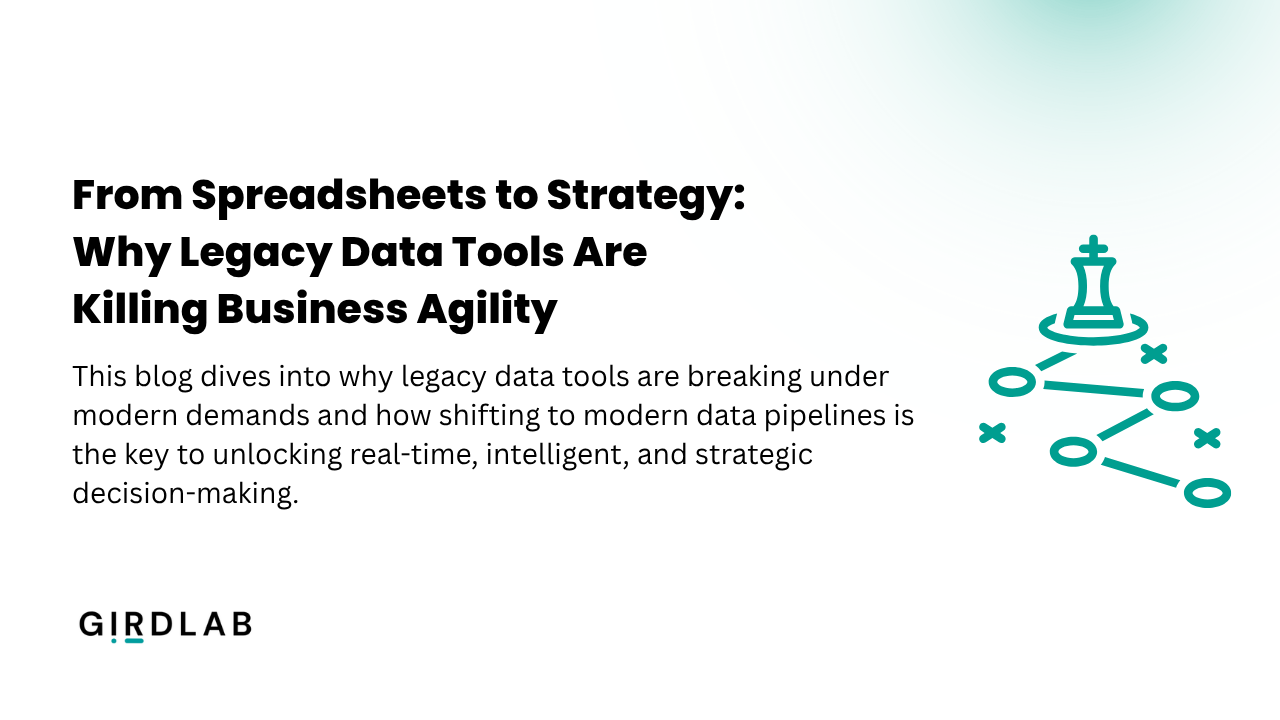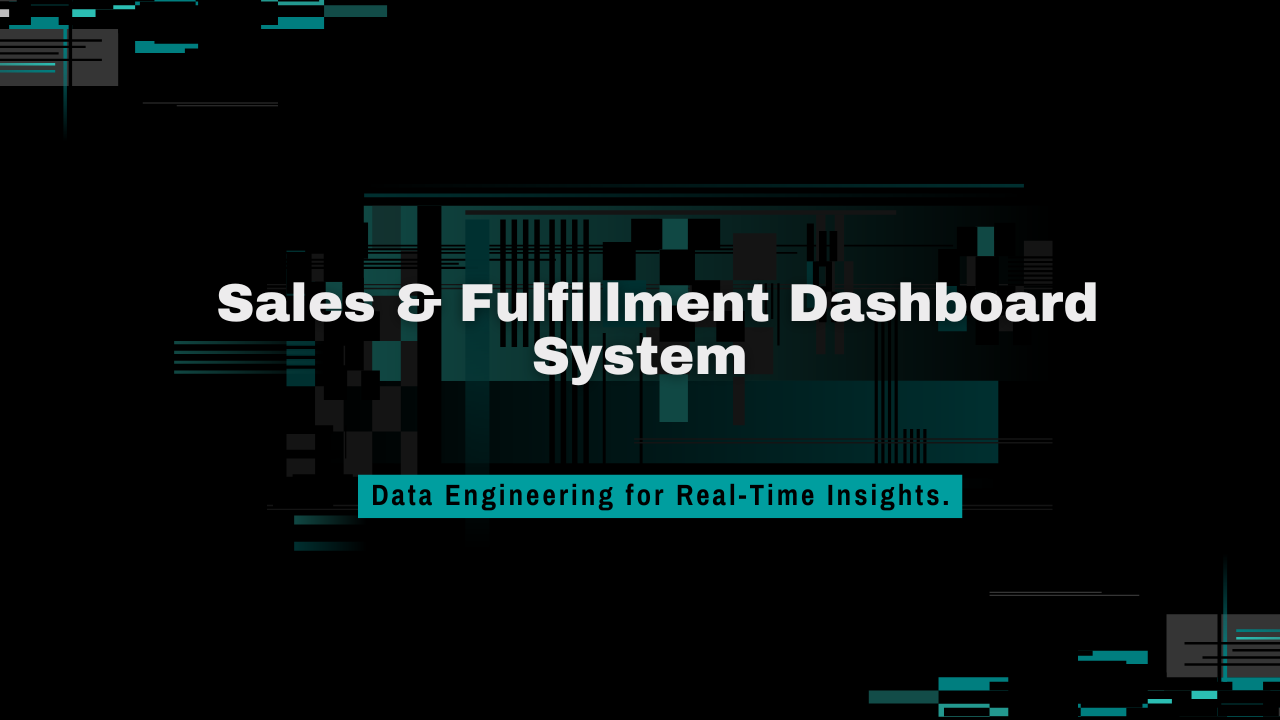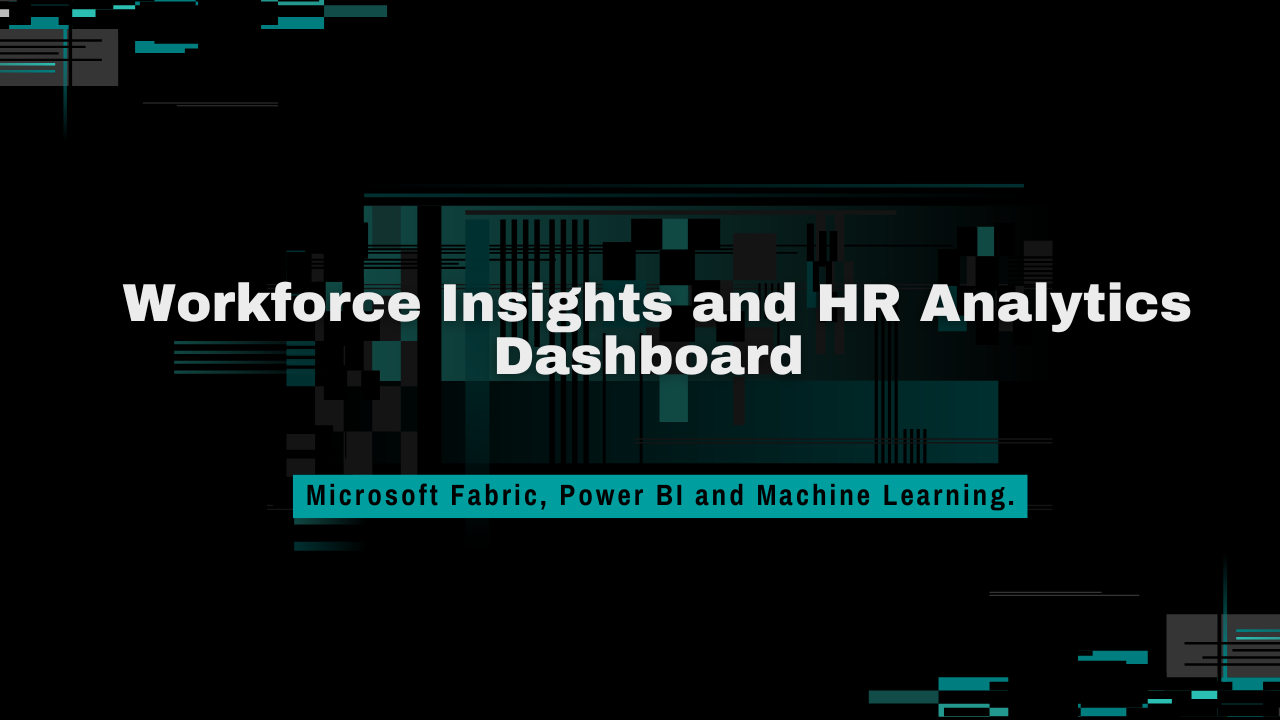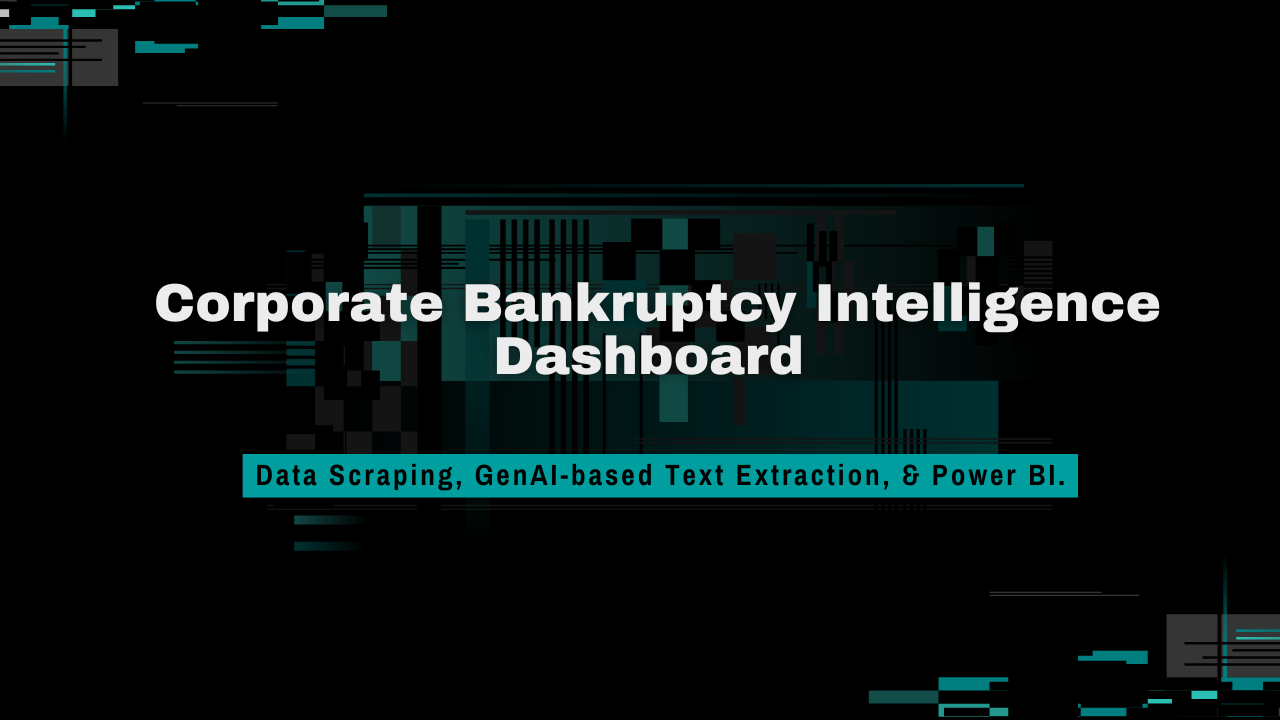
Introduction
Excel is like that old hoodie — comfortable, reliable, and impossible to let go of. But when it comes to powering business decisions in 2025, it’s also the thing holding your team back.
If you’re still using spreadsheets to manage forecasts, inventory, or reporting — you’re not just inefficient. You’re losing your competitive edge.
This blog dives into why legacy data tools are breaking under modern demands and how shifting to modern data pipelines is the key to unlocking real-time, intelligent, and strategic decision-making.
The Problem with Spreadsheets
Let’s be honest — spreadsheets weren’t built for:
- Real-time collaboration
- Handling millions of records
- Data lineage or audit trails
- Automation or scalability
Yet businesses still rely on them for everything from supply chain decisions to quarterly planning. This leads to:
- Manual errors
- Version control nightmares
- Delays in decision-making
- Shadow data silos across teams
In a data-driven era, this isn’t just inefficient — it’s risky.
The Modern Business Needs More
| Legacy Tools (e.g., Excel) | Modern Data Stack |
|---|---|
| Static, manual updates | Real-time data ingestion |
| Local or email-based files | Cloud-native and collaborative |
| Difficult to scale | Scalable via Data Lakes & Warehouses |
| Error-prone formulas | Automated ETL/ELT pipelines |
| No governance | Built-in access control & auditability |
Modern companies need speed, scalability, and trust in their data — and spreadsheets can’t deliver that.
What Does a Modern Data Pipeline Look Like?
Here’s a simple breakdown of a pipeline we at Girdlab often design:
Ingestion
Data is collected from databases, CRMs, APIs, websites, or IoT sensors — all flowing into a central storage like a Data Lake or OneLake.
Transformation
Using tools like Azure Data Factory, dbt, or PySpark, raw data is cleaned, deduplicated, and made analytics-ready.
Storage
Warehousing in BigQuery, Snowflake, or Synapse, structured for fast queries and reporting.
BI & Insights
Visualized using Power BI or Looker, with predictive models or GenAI layered on top.
Automation & Monitoring
Alerting systems, audit trails, and auto-scaling workflows ensure no bottlenecks or surprises.
What You Gain by Letting Go of Spreadsheets
- Agility: Get insights in minutes, not days
- Accuracy: Automated data checks remove human errors
- Scale: Handle millions of rows without freezing or crashing
- Integration: Blend finance, ops, sales, and marketing data in one ecosystem
- Speed to Action: Trigger decisions as data flows in
Strategy Starts With Better Infrastructure
We’ve seen it across industries — when companies move from Excel to pipelines:
- Forecasting accuracy improves
- Collaboration increases
- Trust in data grows
- Teams move from reactive to proactive
At Girdlab, we’ve helped clients modernize their entire data stack — replacing scattered spreadsheets with pipelines that update in real time, fuel dashboards, and power AI-based predictions.
Final Thoughts: It’s Not About Tools, It’s About Transformation
Sticking with Excel is like using a flip phone in the age of smartphones — functional, but limiting.
The businesses that win in 2025 are data-mature, not data-burdened. And the first step is replacing spreadsheets with systems that scale.
Ready to Retire Spreadsheets?
Let Girdlab help you move from manual chaos to strategic clarity. We’ll help you design and deploy a custom pipeline tailored to your business needs — no fluff, just speed and precision.
Reach us out at contact@girdlab.com



